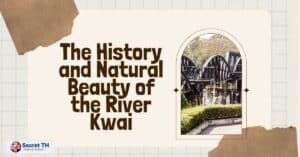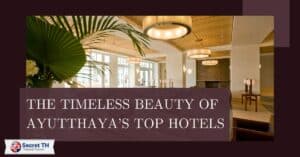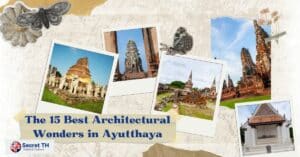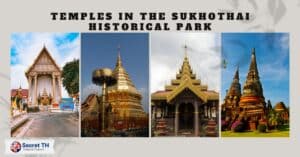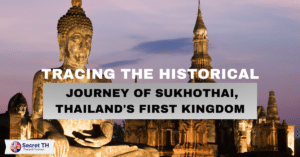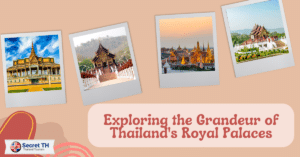The hill tribes of Northern Thailand, with their rich cultural tapestry, are a fascinating study. These seven distinct ethnic groups, including the Karen, Hmong, Akha, Lisu, Lahu, Yao, and Kayan tribes, each boast unique traditions, languages, and attire, offering an insightful glimpse into Thailand’s cultural diversity.
We’re about to embark on a journey together, exploring the lives and customs of seven unique hill tribes that call this region home. From the Karen to the Kayan, each tribe contributes a vibrant thread to the rich tapestry of Thai culture. Striking attire, intricate languages, and deeply rooted traditions – these tribes offer an immersive and transformative experience into an often overlooked side of Thailand. Keep reading, and let’s unravel the fascinating stories that lie in the heart of these hills.
I. Akha Hill Tribe
The Akha Hill Tribe is a fascinating ethnic group primarily living in the mountains of Thailand, Laos, Myanmar, and the Yunnan province in China. Known for their unique culture, the Akha people’s way of life is deeply rooted in their customs, traditions, and agriculture, with a significant reliance on farming for subsistence. Their distinctive traditional attire, adorned with silver coins, beads, and vibrant embroidery, reflects their rich cultural heritage.
The Akha language, part of the Tibeto-Burman language family, is another key aspect of their identity. Despite modern influences, the Akha tribe remains fervently committed to preserving its culture.

Language and Religion
The Akha people practice a mix of traditional and Christian beliefs. Their language, part of the Tibeto-Burman family, is spoken by roughly 350,000 members of the tribe. Christianity has been gaining ground in recent decades with some members turning to it as an alternative source of faith.
II. Karen Hill Tribe
The Karen Hill Tribe, residing primarily in Thailand and Myanmar, is known for its profound cultural uniqueness. Their population is divided into several subgroups, each preserving its distinct dialect, traditional attire, and customs. Predominantly Christian, with elements of Buddhism and animism, their religious practices mix traditional beliefs with modern faiths.
The Karen people are skilled weavers, producing vibrant textiles, indicative of their rich cultural heritage. Over time, despite the pull of modernization, the Karen tribe has managed to retain its cultural identity, offering a fascinating study of cultural preservation.

Language and Religion
The Karen Hill Tribe speaks a language that is believed to belong to the Tibeto-Burman family. Each subgroup of the tribe has its distinct dialect, adding to the linguistic diversity of the region. Christianity is one of their main religions and it is often practiced alongside animism and Buddhism. The Karen people are also known for their vibrant traditional attire such as loincloths and short skirts, which are typically decorated with beads, coins, and vibrant embroidery.
III. Hmong Hill Tribe
The Hmong Hill Tribe, prevalent in Laos, Vietnam, China, and Thailand, is an ethnic group recognized for its unique cultural attributes. They engage in farming, producing crafts, and intricate textile work. A distinctive feature of the Hmong is their colorful clothing, often embroidered with geometric patterns. The Hmong language contributes to the linguistic diversity of the region.
Their religious beliefs combine animism with Christianity. Despite modern influences, the Hmong people hold steadfast to their traditions and customs, valuing cultural preservation.

Clothing, Architecture, and Food
The Hmong people are known for their traditional clothing which is made of brightly colored fabric and embroidered with geometric patterns. Women typically wear a blouse with long skirts while men opt for baggy trousers and wide-sleeved shirts. Another unique feature of the Hmong culture is their architecture which includes stilt houses, bamboo structures, and underground dwellings. As for food, the Hmong people are known to be big fans of spicy dishes. They also enjoy fruits and vegetables, including bamboo shoots which is a local favorite.
IV. Lisu Hill Tribe
The Lisu Hill Tribe, spread across Thailand, Myanmar, and China, is renowned for its vibrant culture and traditions. Predominantly farmers, they cultivate mountainous terrains for subsistence. Lisu people are known for their musical prowess, with flute music being a notable cultural aspect. Their traditional attire, usually bright and colorful, is adorned with intricate beadwork.
The Lisu language, classified into several dialects, further enriches the linguistic diversity of the region. Despite modernization, the Lisu tribe has succeeded in preserving its cultural heritage, showcasing resilience and adaptability.

Language and Religion
The Lisu language is part of the Tibeto-Burman family and is divided into several dialects. Their religion is primarily Christian but they also practice elements of animism, believing in the existence of spirits that inhabit natural objects. As for clothing, women usually wear embroidered blouses with a skirt while men opt for trousers and wide-sleeved shirts. Beadwork is a common motif that adorns their traditional attire, adding to the vibrant look of it.
V. Lahu Hill Tribe
The Lahu Hill Tribe, residing primarily in Thailand, China, Laos, and Myanmar, is celebrated for its unique cultural and linguistic diversity. Primarily farmers, their livelihood hinges on the cultivation of mountainous areas. The Lahu are known for their vibrant traditional dresses and unique musical culture, highlighted by their use of the stringed instrument, the Hmong harp.
Their language, part of the Tibeto-Burman family, plays a vital role in preserving their cultural identity. The Lahu, despite the pressures of modernization, continue to hold steadfastly to their traditions and customs.

Clothing, Architecture, and Food
The Lahu are known for their vibrant traditional attire. Women typically wear a skirt with an embroidered blouse while men opt for baggy trousers and wide-sleeved shirts. Colorful beadwork often adorns the clothing, along with silver coins that are believed to bring good luck to its wearer. As for architecture, the people of the Lahu Hill Tribe primarily live in stilt houses, bamboo structures, and underground dwellings.
Their cuisine is dominated by spicy dishes such as curries and stir-fries that often include pork, poultry, and vegetables. Fruits are also an important part of their diet. Bamboo shoots are a local favorite, used in countless dishes.
VI. Yao Hill Tribe
The Yao Hill Tribe, primarily inhabiting Thailand, Laos, and Vietnam, exhibits a rich cultural heritage. Primarily farmers, they cultivate diverse crops in mountainous terrains. Famous for their indigo-dyed clothing, often embellished with intricate embroidery, Yao women are celebrated as skilled weavers. The traditional Yao religion, intertwining elements of Taoism and ancestor veneration, shapes their worldviews.
Their language, part of the Miao-Yao language family, adds to the region’s linguistic diversity. Despite modern influences, the Yao tribe remains fervently dedicated to preserving its cultural identity.
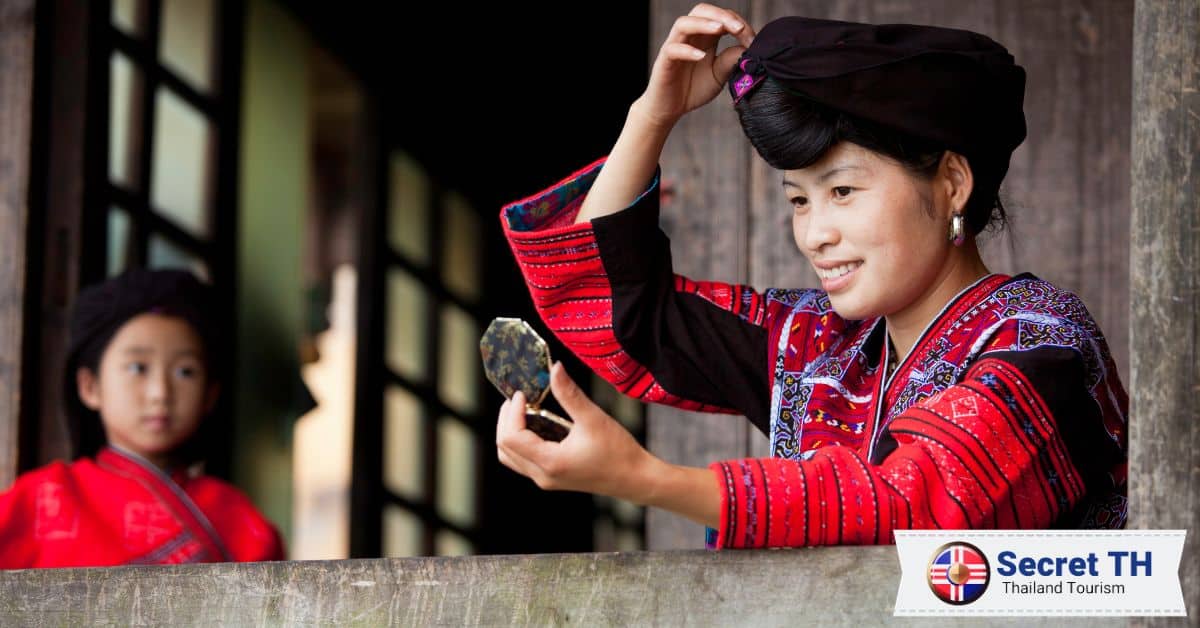
Clothing, Architecture, and Food
The Yao Hill Tribe is renowned for its traditional clothing, typically indigo-dyed and adorned with intricate embroidery. Women typically wear a skirt with an embroidered blouse while men opt for trousers and wide-sleeved shirts. Beadwork is also a common motif that adorns their attire. As for architecture, the people of the Yao Hill Tribe primarily live in stilt houses, bamboo structures, and underground dwellings.
Their cuisine revolves around fish, poultry, pork, fruits, and vegetables. Bamboo shoots are a local favorite that is often used in numerous dishes. The Yao also enjoy making rice wine which is an important part of rituals and ceremonies.
VII. Mien (Yao) Hill Tribe
The Mien, also known as Yao, is a hill tribe spread across Thailand, Laos, Vietnam, and China. Primarily agriculturists, the Mien’s cultural identity is deeply embedded in their farming practices, traditional clothing, and language. Mien women are celebrated for their exquisite needlework and embroidery skills. The Mien language, part of the Miao-Yao family, contributes to their cultural richness. Despite evolving modern influences, Mien people remain committed to preserving their unique cultural heritage and traditions.
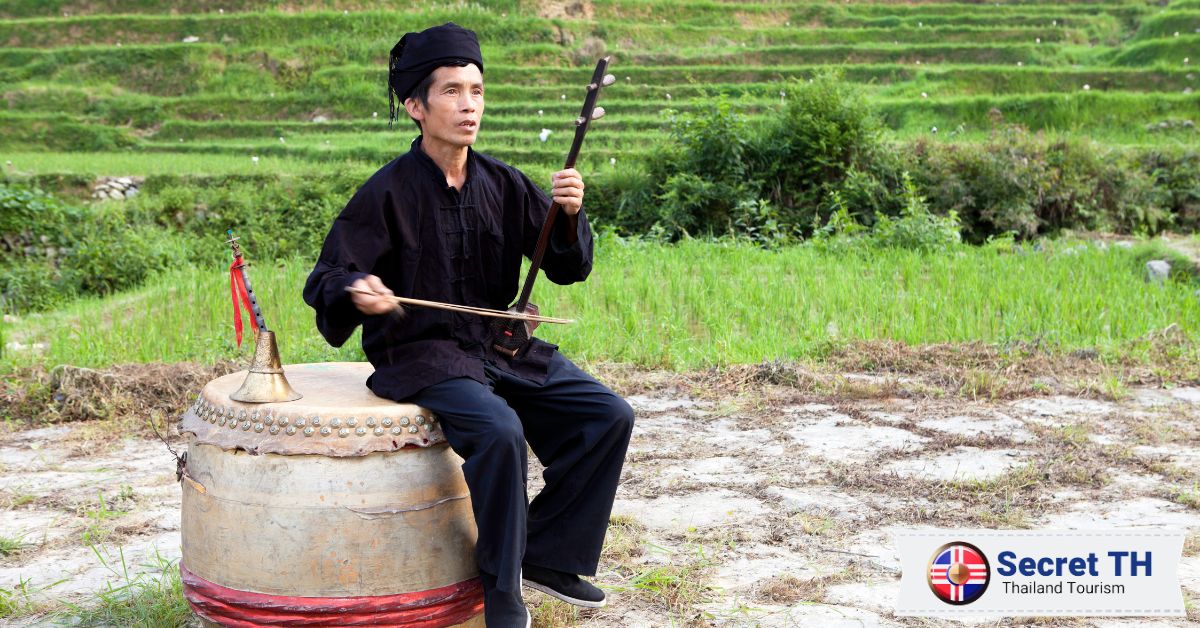
Religion, Clothing, Architecture, and Food
The Mien Hill Tribe has a mix of Taoism and ancestor veneration as their traditional religion. They are known for their vibrant and colorful traditional attire made of bright fabrics that are often embroidered with intricate needlework by Mien women. As for architecture, the people of the Mien Hill Tribe primarily live in stilt houses, bamboo structures, and underground dwellings.
Their cuisine is dominated by fish, poultry, pork, fruits, and vegetables. Bamboo shoots are a local favorite that is used in numerous dishes. The Mien also enjoy making rice wine which is an important part of their rituals and ceremonies.
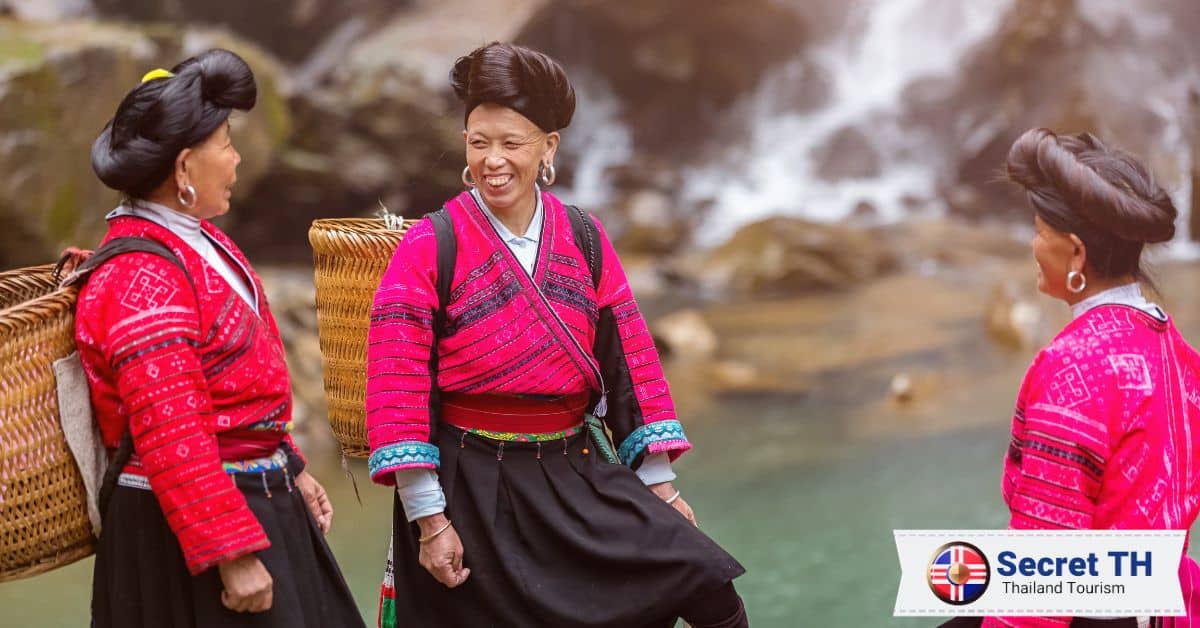
Conclusion
The Hill Tribes of Southeast Asia are a fascinating ethnic group with distinct cultures, religions, and languages. Each tribe holds steadfast to its traditions and customs, offering an interesting study of cultural preservation in the face of modernization. Even with their differences, they share a common thread—the pursuit of preserving their unique cultural identities in the midst of changing times.
From vibrant traditional attire adorned with intricate beadwork to complex religious beliefs that incorporate elements of Taoism and ancestor veneration, the Hill Tribes offer a glimpse into an ancient world still alive today. They showcase resilience and adaptability in the face of modern influences, making them an inspiring study of cultural preservation. The hill tribes are people whose stories deserve to be told.


